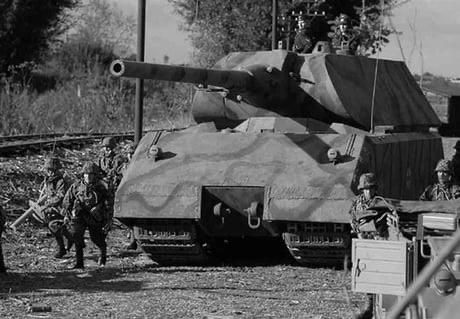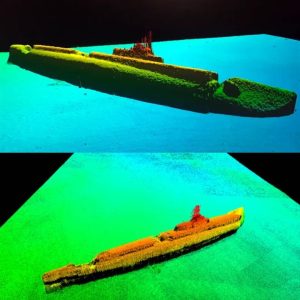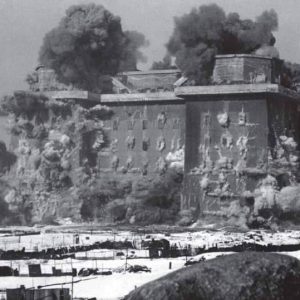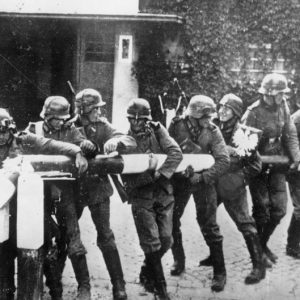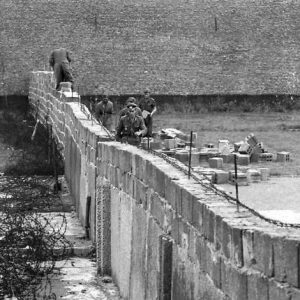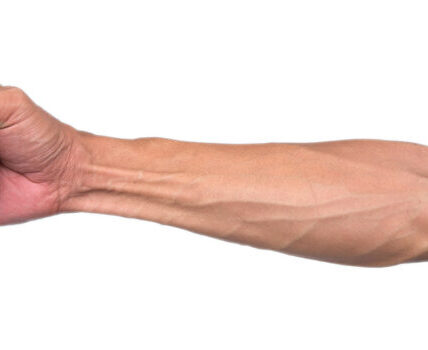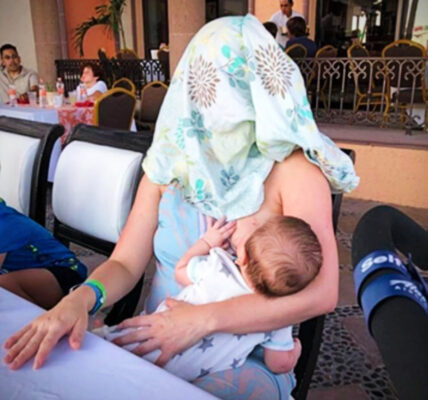Was the Panzer III the most widely used tank by the Germans during World War II, or was its production at the same level as the Panzer IV or Panzer V?

“Panzer” version or “Panzer III chassis”? Due to its size, the Panzer III was not the most produced German tank. However, if you include the Panzer III chassis (StuG III), it was the most produced chassis.
Initially, the Panzer II, with its 20 mm cannon, was the backbone. The Panzer I was equipped only with machine guns. Both were relatively easy to destroy.
The Panzer III with 3.7 cm cannon was designed as a tank killer.
In Africa, the Panzer III was even equipped with a long-barreled 5 cm L60. The British called it the “Panzer III Special.”
The Panzer IV with the short-barreled 75 mm L24 (below) was intended solely as a bunker buster. Anti-tank shells are hard objects that penetrate armor plate. Bunker buster/anti-infantry shells are designed to achieve a greater impact area through explosions. A larger 75 mm HE shell can contain more than twice the explosive of a 50 mm shell.
When the Germans encountered the T-34, the Panzer III seemed useless as a tank (although the chassis wasn’t). The T-34 had a long-barreled 76mm gun that could destroy anything the Germans had.
German guns were ineffective, especially the wheeled 37mm Pak 36 or the Panzer III. They could destroy the T34 from the side at very close range (about 100 meters). From the front, they were a “door knocker.”
While 5 cm guns like the Pak 38 (see below) or the Panzer III with its improved armament were better tank killers than the 3.7 cm gun, they were ineffective against monsters like the KV1 and KV2. (They could penetrate the KV1 with only tungsten shells at about 500 meters. The Panzer III, on the other hand, would have been destroyed long before reaching that distance.)
Obviously, something more powerful was needed. But the Panzer III’s turret ring (i.e., the chassis width) wasn’t large enough to mount a long-barreled 75 mm gun.
Because of the larger breech size, they could only mount it on the Panzer IV, which had a larger, wider chassis.
This meant that the Panzer III was useless…
Or was that it?
The Germans had already fielded dozens of StuG IIIs during the invasion of France. The idea came from General Erich von Manstein. Artillery was designed to destroy bunkers, and he considered it a more suitable nutcracker than wheeled guns. It had thick frontal armor, allowing it to blast a fortified position with an HE shell. However, General Heinz Guderian (later Chief of the Army General Staff) did not consider this necessary, as the Panzer IV was equipped with exactly the same gun.
It uses the chassis of the Panzer III. Although not a tank in the true sense, the StuG was one of the few vehicles heavily armored and low enough to bypass and disable the T-34. When the longer 75 mm L43 gun became available, only the Panzer IV and StuG III could mount it. This gun could penetrate 82 mm thick, 30-degree sloped armor at 1,000 m. Hunting the T-34 at long range became possible.
Below is a scale model showing the length of the 75 mm gun. On the Panzer IV, three men and the breechblock could be accommodated in one turret. However, on the Panzer III chassis, this was the only way to accommodate them.
And it was cheap, too. For the price of one Panther (175,000 RM), they could produce two StuG IIIs (82,000 RM each) and still have some spare cash.
Later, the slightly more powerful (longer) 75 mm L48 cannon became the main component of the StuG III, just as it was in the Panzer IV.
In the end, 8,500 Panzer IVs and 6,000 Panthers were built. In comparison, 5,700 Panzer IIIs weren’t much.
However, if you add 10,000 StuGs and 1,300 StuHs (105 mm howitzer versions), a total of 17,000 Panzer III chassis would be the most produced tank chassis in Germany. That’s more than the Panzer IV, Panther, and 1,800 Tiger I & II combined. Essentially, more than all other German tanks of the late war years combined (excluding light tanks like the Panzer I, II, and 38(t)).
